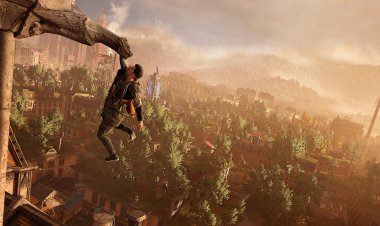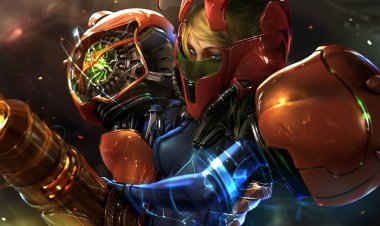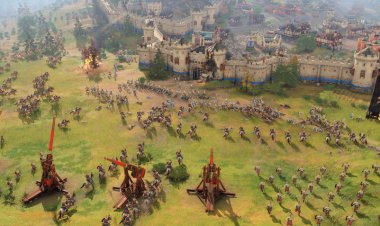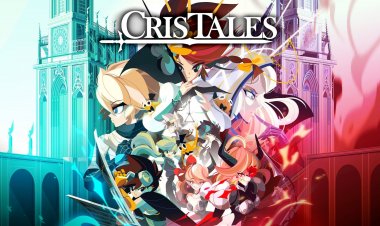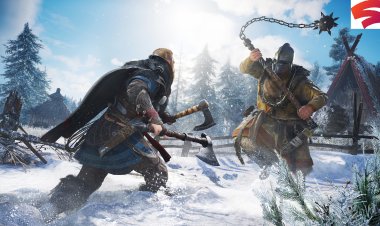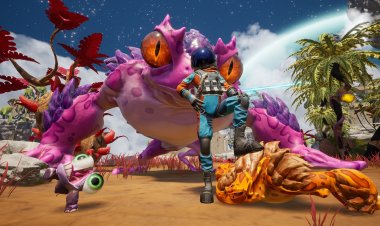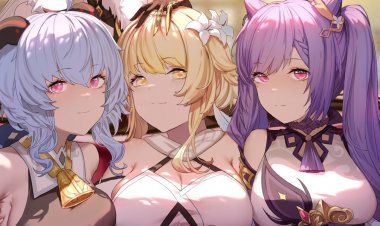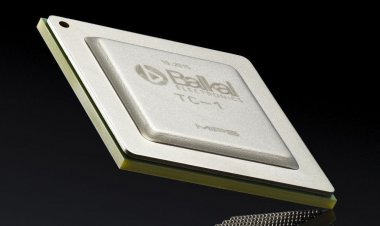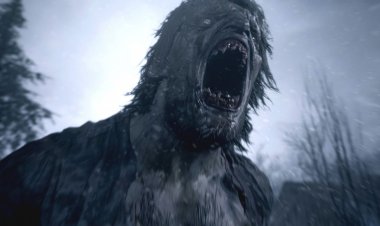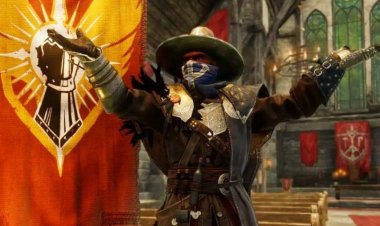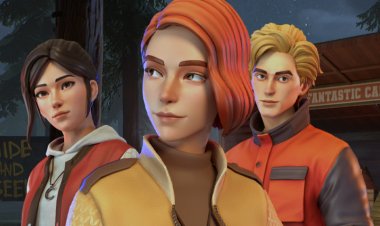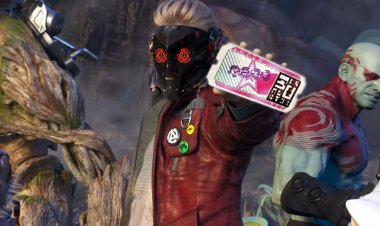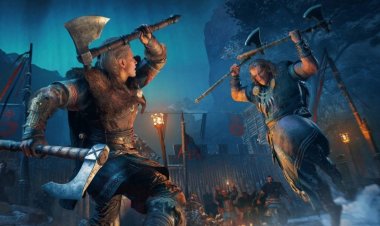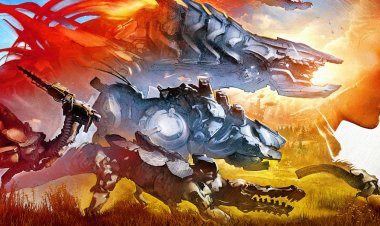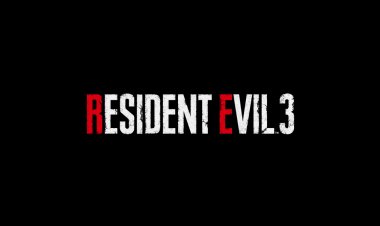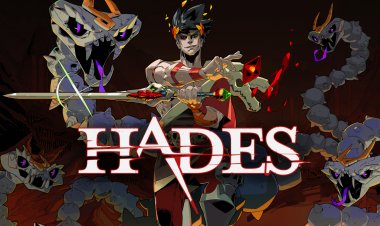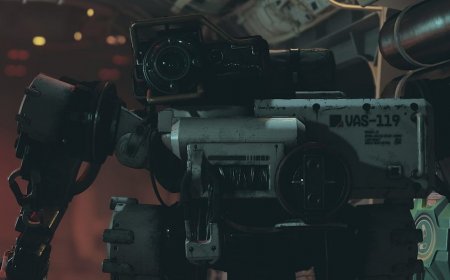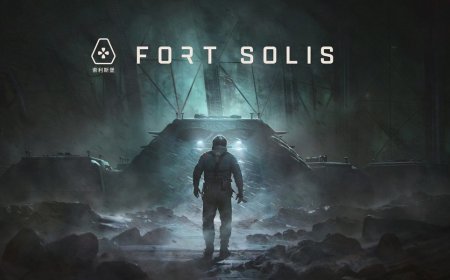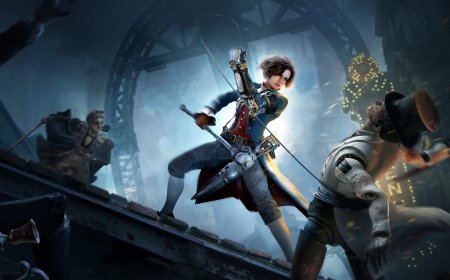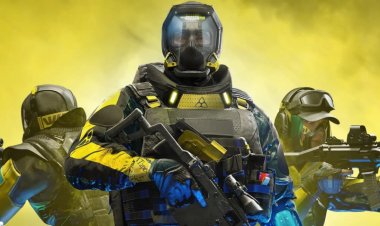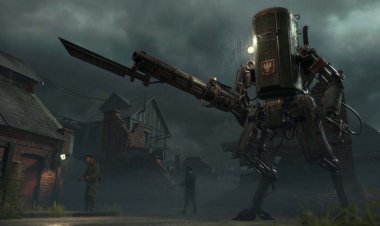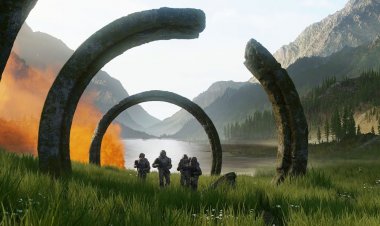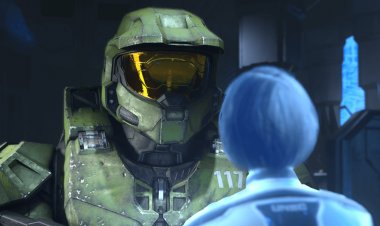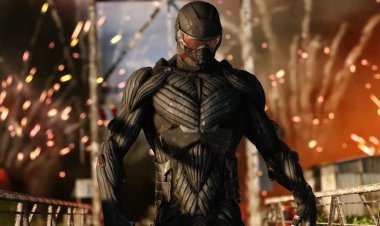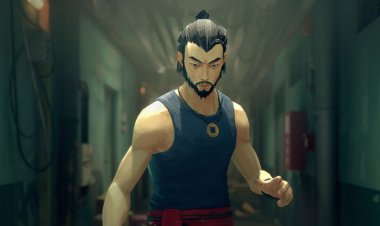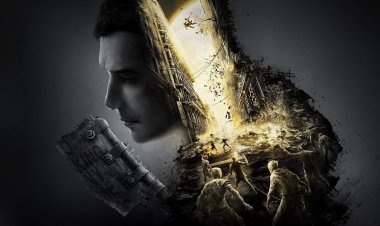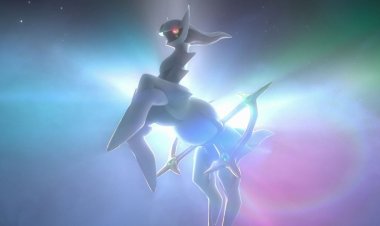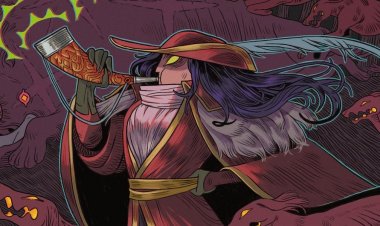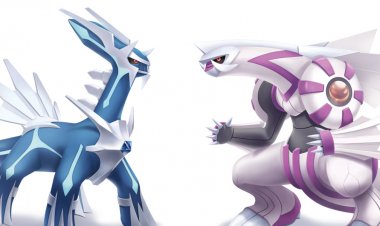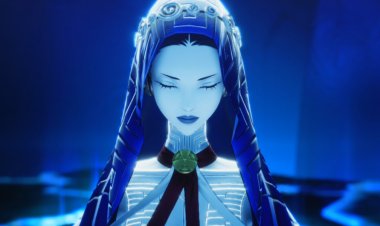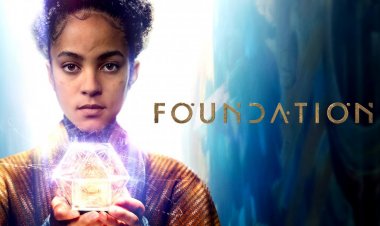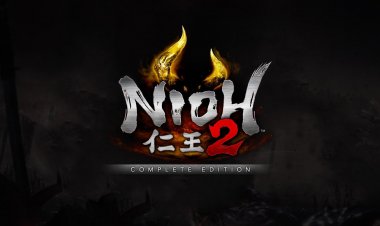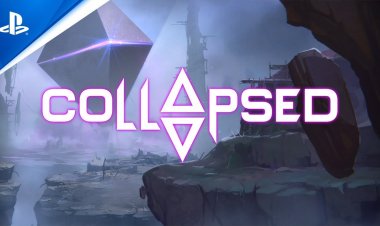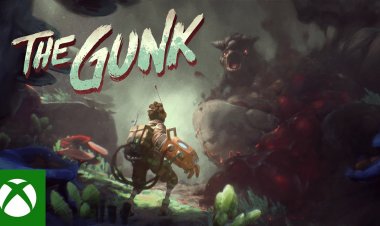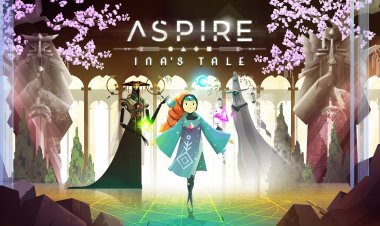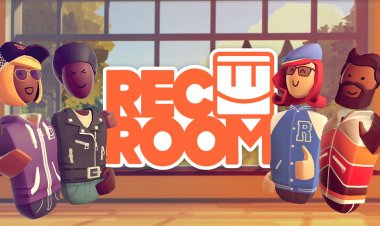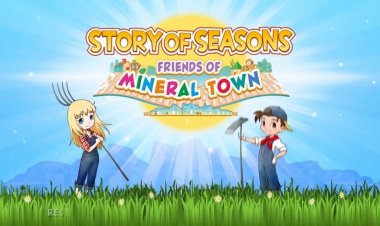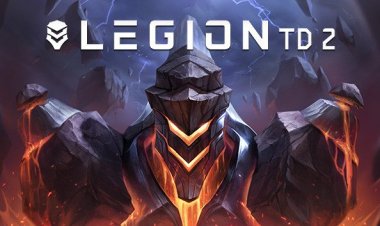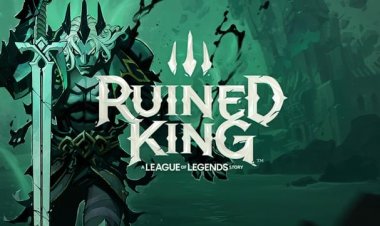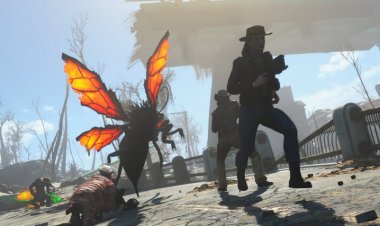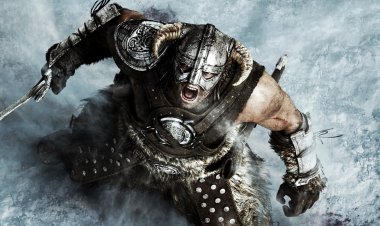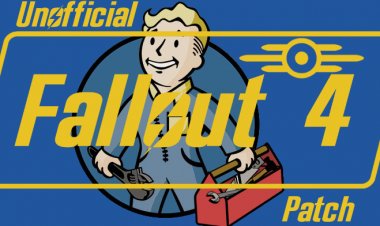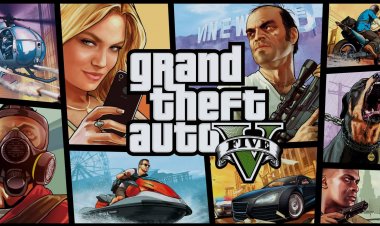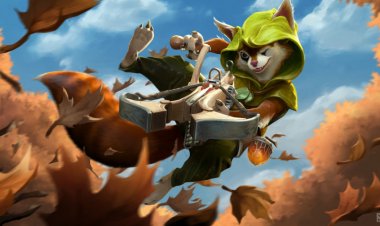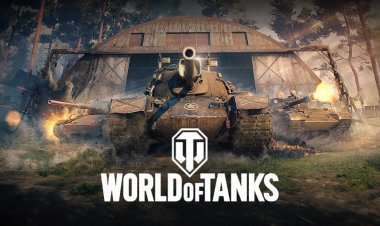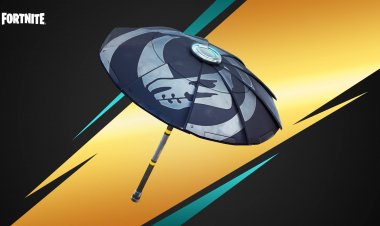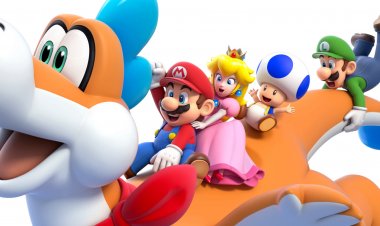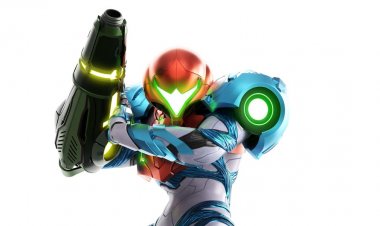Monster Hunter Stories 2: Wings of Ruin - Review
After the incredible successful launch of Monster Hunter Rise for Nintendo Switch in March of this year, the next notable release within the series loomed on the horizon – Monster Hunter Stories 2: Wings of Ruin, which immediately visited both the Nintendo flagship system and personal computers.

Over the past few years, the Monster Hunter franchise has reached the peak of its popularity, and Capcom is not going to slow down. After the incredible successful launch of Monster Hunter Rise for Nintendo Switch in March of this year, the next notable release within the series loomed on the horizon – Monster Hunter Stories 2: Wings of Ruin, which immediately visited both the Nintendo flagship system and personal computers.
Monster Hunter Stories is an offshoot of the main Monster Hunter line. Unlike the parent series, which focuses on action, Stories is focused more on the plot and is a classic turn-based Japanese role-playing game. The first part was released on the Nintendo 3DS, where it was clearly cramped in the conditions of limited power of the portable console, but the experiment was considered successful.
The main story of Monster Hunter Stories 2: Wings of Ruin takes place on the island of riders. Local natives, unlike their counterparts from the mainland, see monsters not only as a potential threat, but also as loyal companions. Stealing eggs from the nests of monsters, riders raise their own cubs and later use these "monsters" as mounts and striking force.
One day, the guardian monster of the island disappears without a trace, which is why the other monsters, feeling their impunity, become more aggressive and begin to attack human settlements. To correct the current situation, the silent protagonist of the story is called, and the player will have to take control of it.
Conceptually, the plot of Wings of Ruin is quite monosyllabic and straightforward, which is why it is easily assimilated even by the youngest audience. More sophisticated players, however, are likely to find the narrative expressionless, and the characters are unnecessarily cliched. The story is filled with references to the first part of the series, but many of them are too blurry and only add more ambiguity to what is happening.
What is really worth noting in the local presentation of the plot is the excellent cutscenes. Despite the fact that the game characters on the screen once again discuss the value of friendship and fraternal ties, this action is performed colorfully and vividly, so it is quite interesting to follow even banal dialogues.
For the first five hours, the player will literally be led by the hand, meticulously explaining all the game systems and possible interactions. Given the depth of local mechanics, this is quite a sound idea, but the amount of information that the game offers to study even on the most basic issues seems unnecessarily excessive.
Having hatched his first pet, the protagonist is finally ready to freely enter the main world of the game. The map of the island consists of several large locations, where aggressive and not very live animals graze. The main point of interest is the lairs of monsters that randomly appear in a wide variety of places. It is from these nests, similar in structure to mini-dungeons, that you will have to steal eggs, so necessary for further progress in the plot. Lairs vary in their rarity, and the higher the quality of the nest, the higher the chance of finding a good egg.
The main locations are quite spacious, but at the same time very deserted and featureless. Occasionally, you can find interactive objects here, like large boulders, which can only be passed by breaking a block with the abilities of some monsters, but otherwise they are quite boring both in design and in filling the map. The same applies to monster nests – the variety of possible dungeon layouts is very poor, and given that you will have to visit them dozens, or even hundreds of times-local species get bored incredibly quickly.

Egg hunting is the most interesting aspect of Monster Hunter Stories 2. In addition to the fact that finding strong monsters is luck in itself, hatched cubs differ in a set of genes that dictate the final characteristics and a set of attacks. The genome system is made quite original – in the form of a 3-by-3 bingo table. If you collect genes of the same type vertically, horizontally or diagonally, a special bonus is activated, which further increases the strength of the creature. Given that almost all stages of getting a monster are affected by a bit of luck, egg hunting trips are very addictive – it's easy to lose hours behind them, forgetting even about battles with enemies and the main plot narrative.
In total, the player can tame about a hundred different pets, most of which have already appeared in various games of the Monster Hunter series. Monsters differ in a variety of aspects – someone moves quickly on the world map, someone can jump over dangerous crevasses, someone is able to put on camouflage and slip unnoticed right under the nose of the enemy.
The combat system of Stories 2 continues the ideas laid down in the first part – it is still a turn-based RPG, where the player directly controls only his avatar. Attacking techniques of monsters and riders are divided into three types – Power, Speed and Technique, which work on the principle of " Stone/Scissors/Paper". Power beats Technology, Technology beats Speed and Speed, respectively, beats Power. Each participant of the battle chooses his preferred target, and the fighters who have made each other a target enter into a face-to-face skirmish.
Usually hostile monsters have clear preferences in choosing the type of attack carried out. For example, Jaggi always uses high - speed techniques, while Kurupeco always uses technical techniques. However, the fighting style of monsters can change dramatically right in the middle of a fight under the pressure of circumstances. So, Anjanath, who normally uses only high-speed movements, falling into a Rage begins to demonstrate his entire arsenal of Powerful blows.
In turn, the rider has not only a choice of the type of attack, but also the variability of equipment. The protagonist can have up to three equipped weapons at the same time and change them right during the battle. This serves primarily for the sake of exploiting the weak points of enemy monsters – some enemies may be vulnerable to cutting blows, others to elementary fire damage.
Thanks to the deep combat system, battles with complex boss monsters turned out to be quite entertaining, since the player needs to constantly think and analyze the current battlefield, choosing the optimal answers to current challenges. However, most of the time the rider will spend in the company of primitive opponents, the battles with which are too simple and do not allow the combat component to unfold to the full. Monster Hunter Stories 2 clearly lacks a difficulty slider, but most likely it was abandoned in favor of a more gentle peering in cooperative mode.
Where there is always enough complexity, it is in multiplayer. Riders can fight among themselves over the network, as well as in the first game of the series, and the key innovation of Wings of Ruin was the previously mentioned cooperative. Teaming up, players go to special monster lairs, from which you can take out more than one egg at a time. By itself, the mode of joint hunting is not too interesting, but, nevertheless, it is nice that such an opportunity is provided at all.

From a technical point of view, Wings of Ruin came out quite rough. When playing on the Nintendo Switch, drawdowns are sometimes observed – even in simple scenes. The range of drawing objects in the open world is also not enough stars from the sky, and even with the naked eye you can notice elements of flora and fauna appearing periodically out of nowhere.
The text part of Monster Hunter Stories 2: Wings of Ruin is fully translated into Russian. This is encouraging, but the domestic localization suffers from the same ailments as Monster Hunter Rise. Inappropriate fonts, indistinctness in translation and abbreviations that go beyond the bounds of decency like "Mnsl. dos." or "Inf. about updates." are what you will have to put up with during the passage of the game.

In Monster Hunter Stories 2: Wings of Ruin, one of the most interesting and exciting systems for breeding and growing monsters is presented today, but all this splendor is adjacent to a cliched plot and a mountain of ordinary battles. The pleasant excitement of just finding a rare egg and the joy of defeating the boss is replaced by despondency from the same type of skirmishes with ordinary monsters. The satisfaction from the gameplay is too uneven, which makes it difficult to evaluate all the elements of the project as a whole. Preparing the perfect team of monsters and fighting with strong opponents or other players pleases and ignites a good interest, but otherwise Monster Hunter Stories 2 can hardly be called an outstanding release.
At the same time, it should be emphasized here that everything written above is the opinion of a player with experience. For novice users, some disadvantages may not seem like disadvantages at all, including issues of complexity and a simple plot.
Wings of Ruin may be well suited for introducing young players to the genre, if you are looking for something modern and affordable.






What's Your Reaction?













